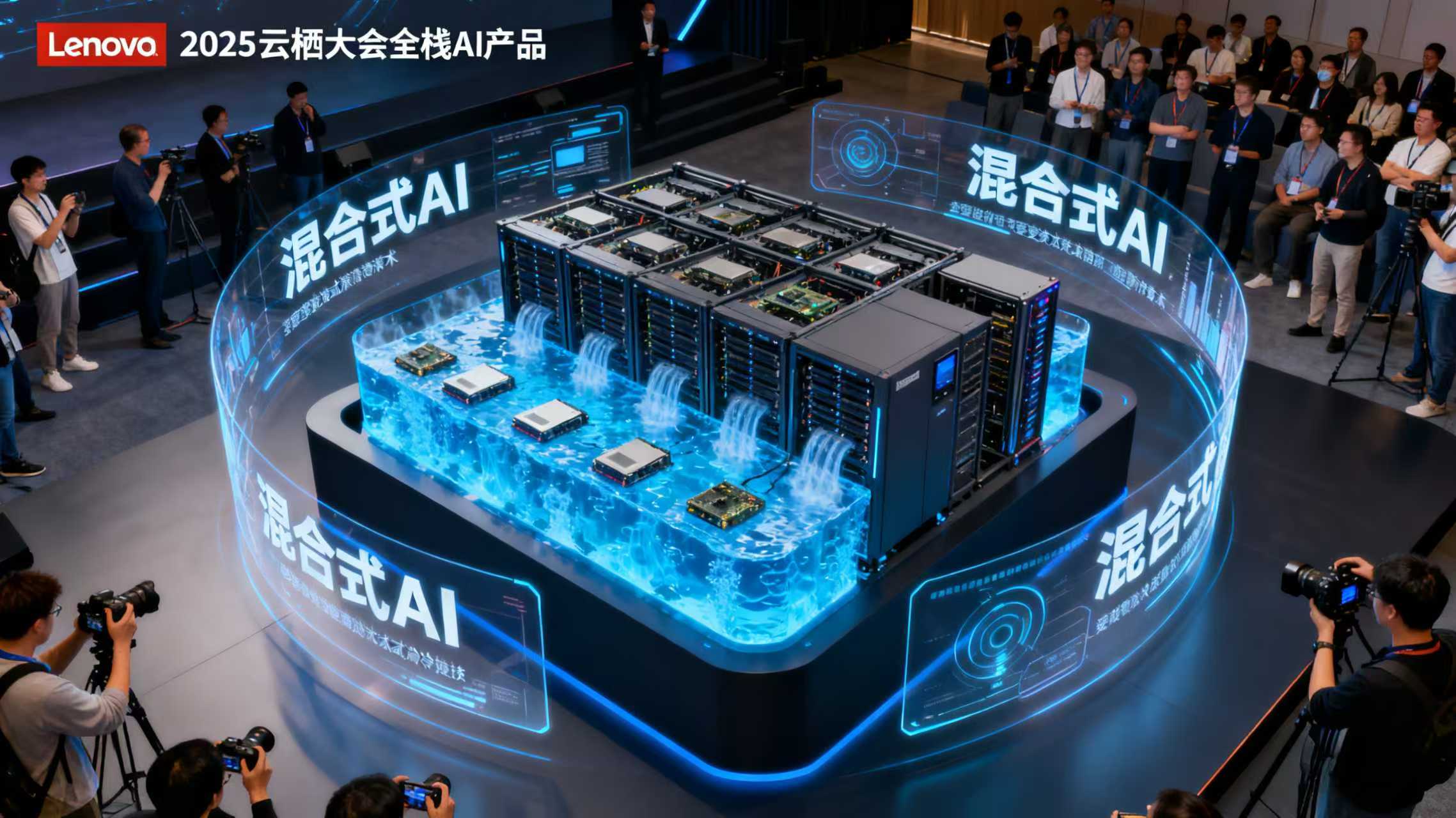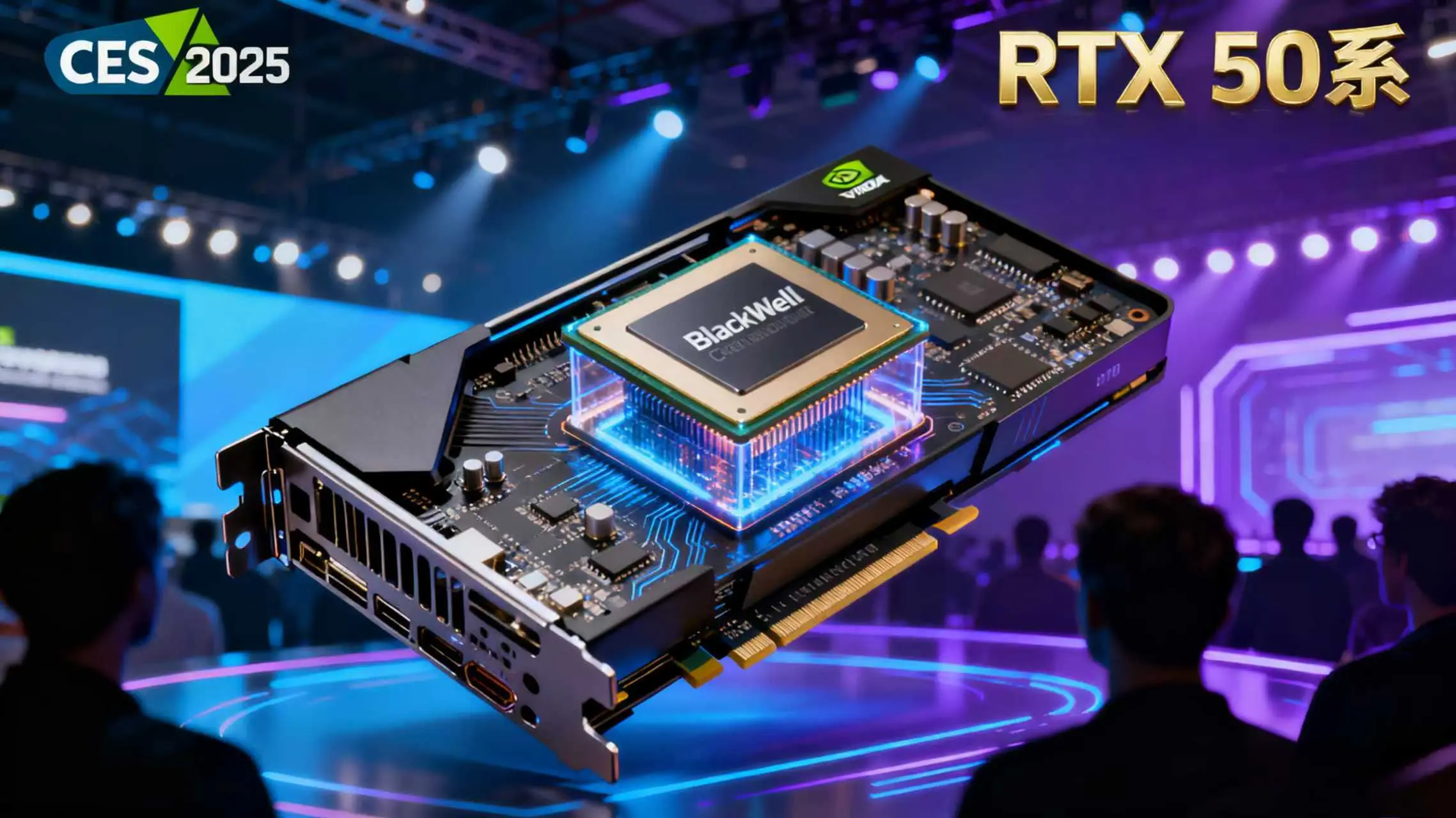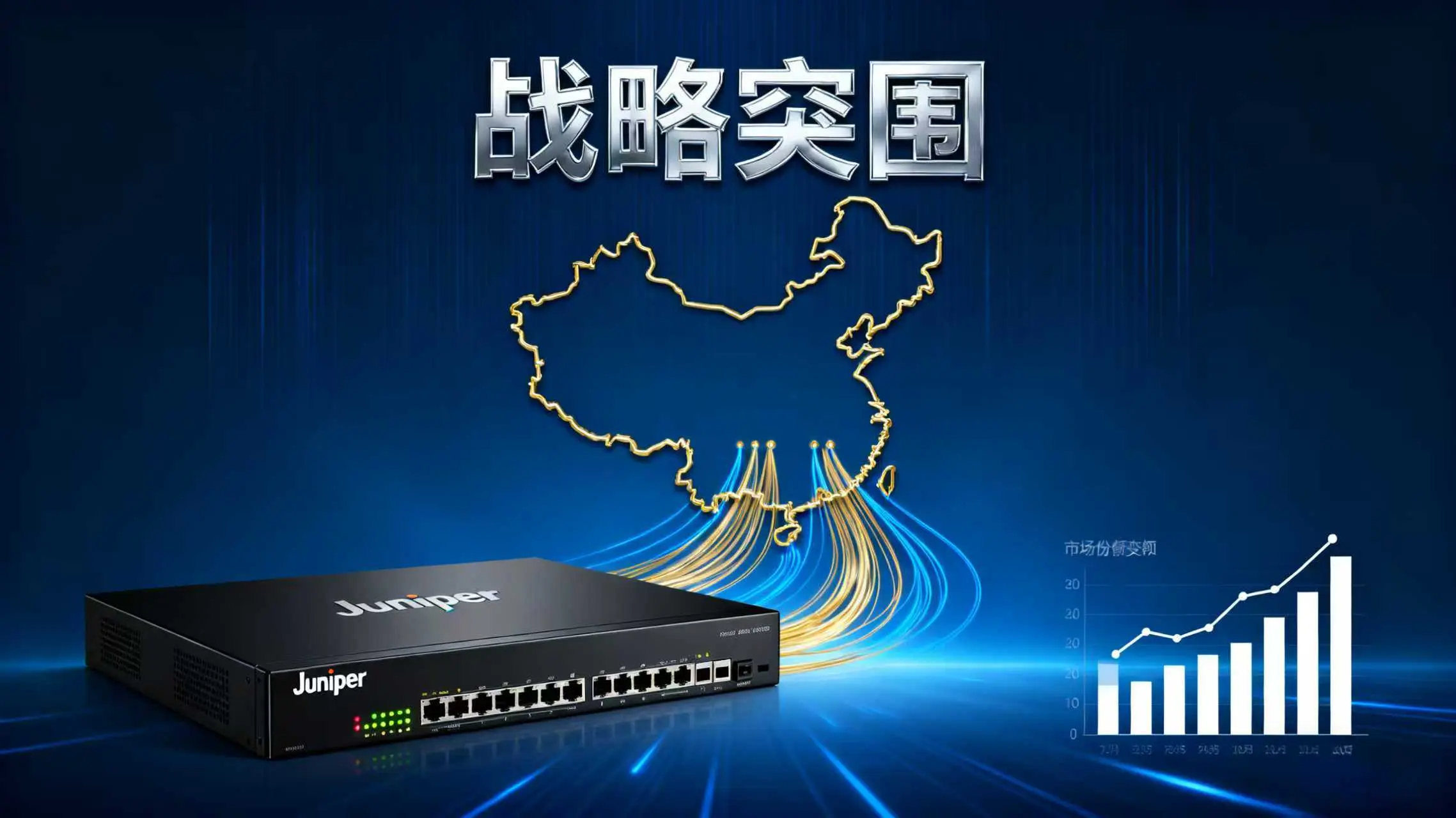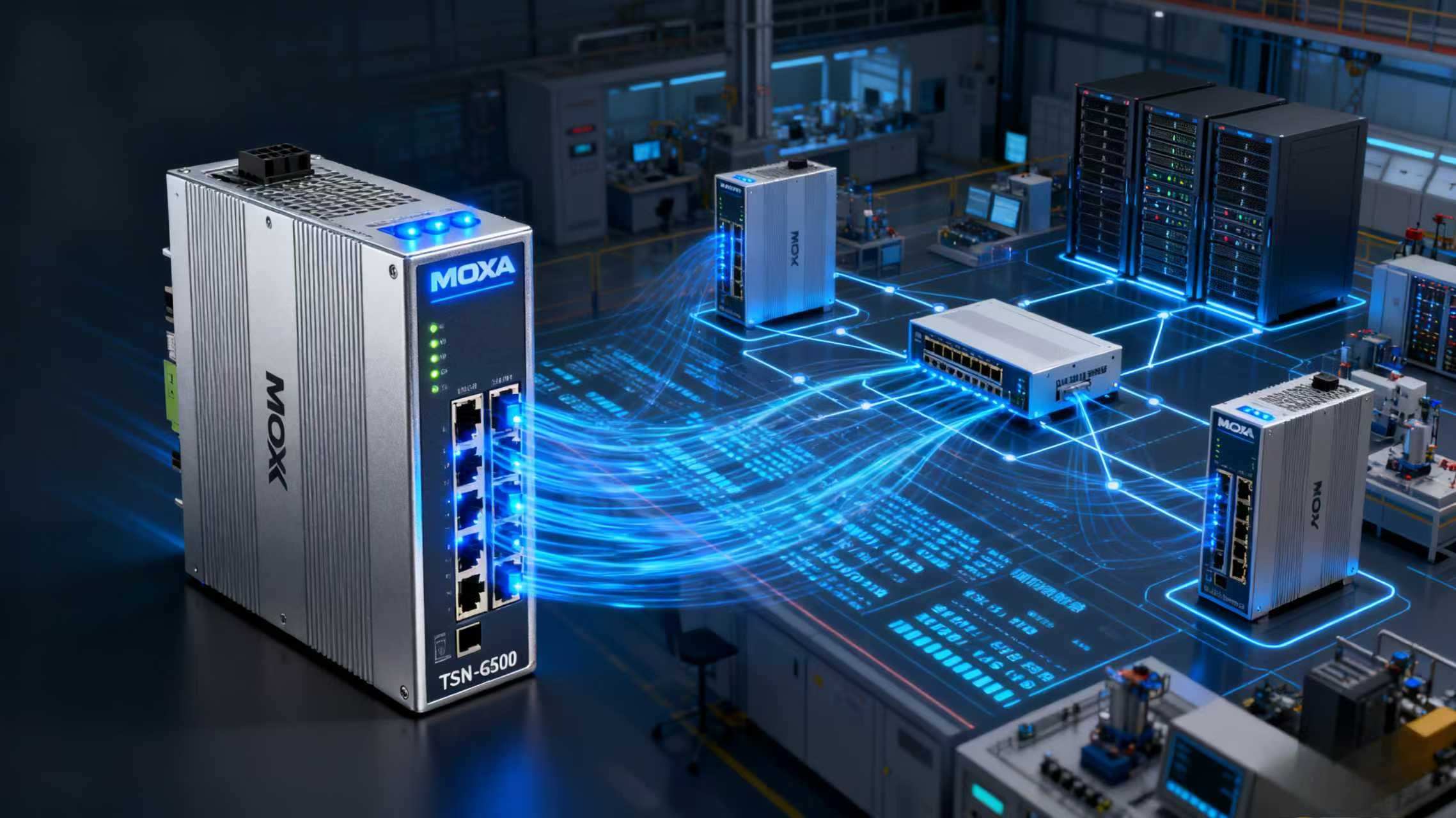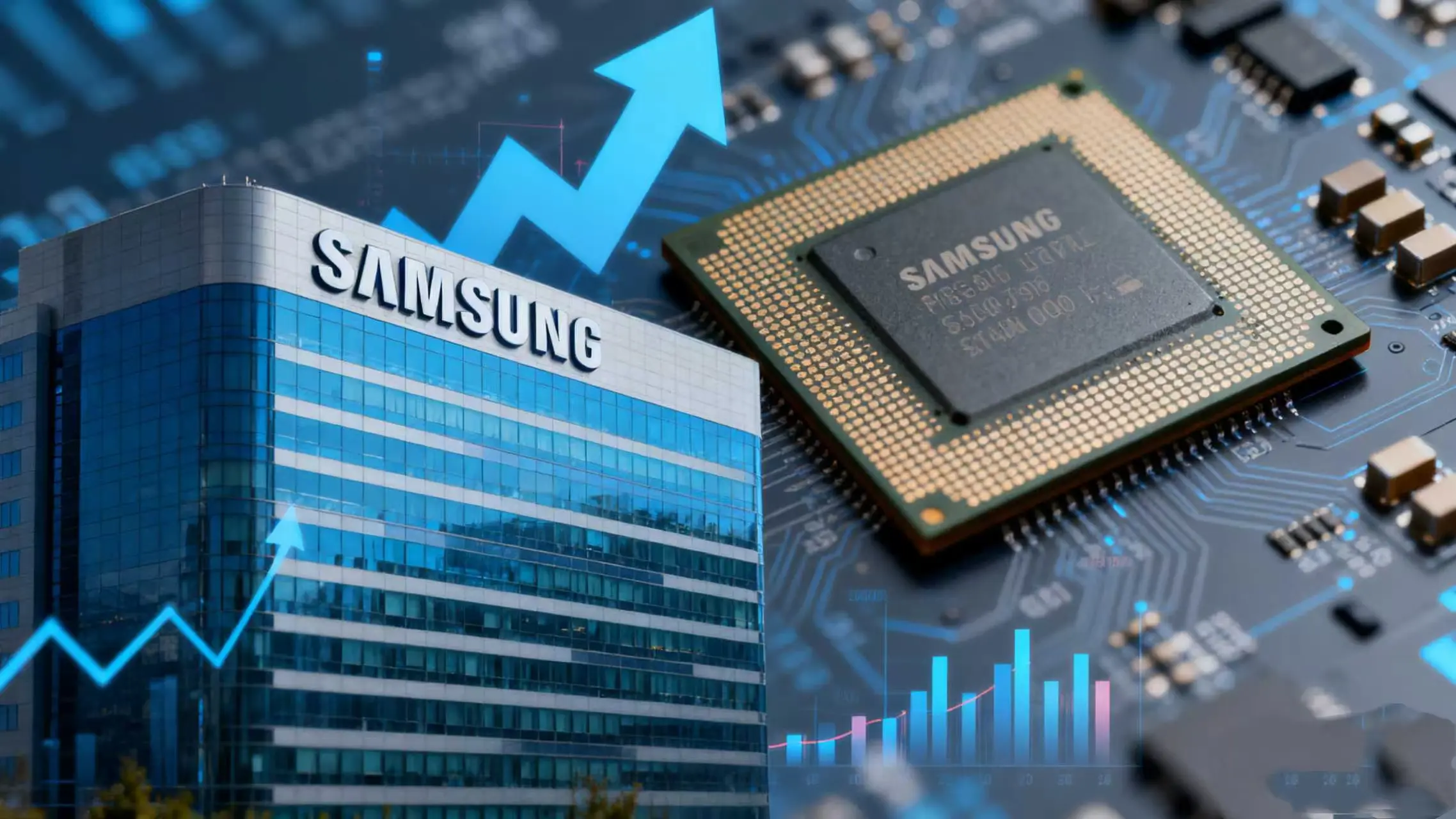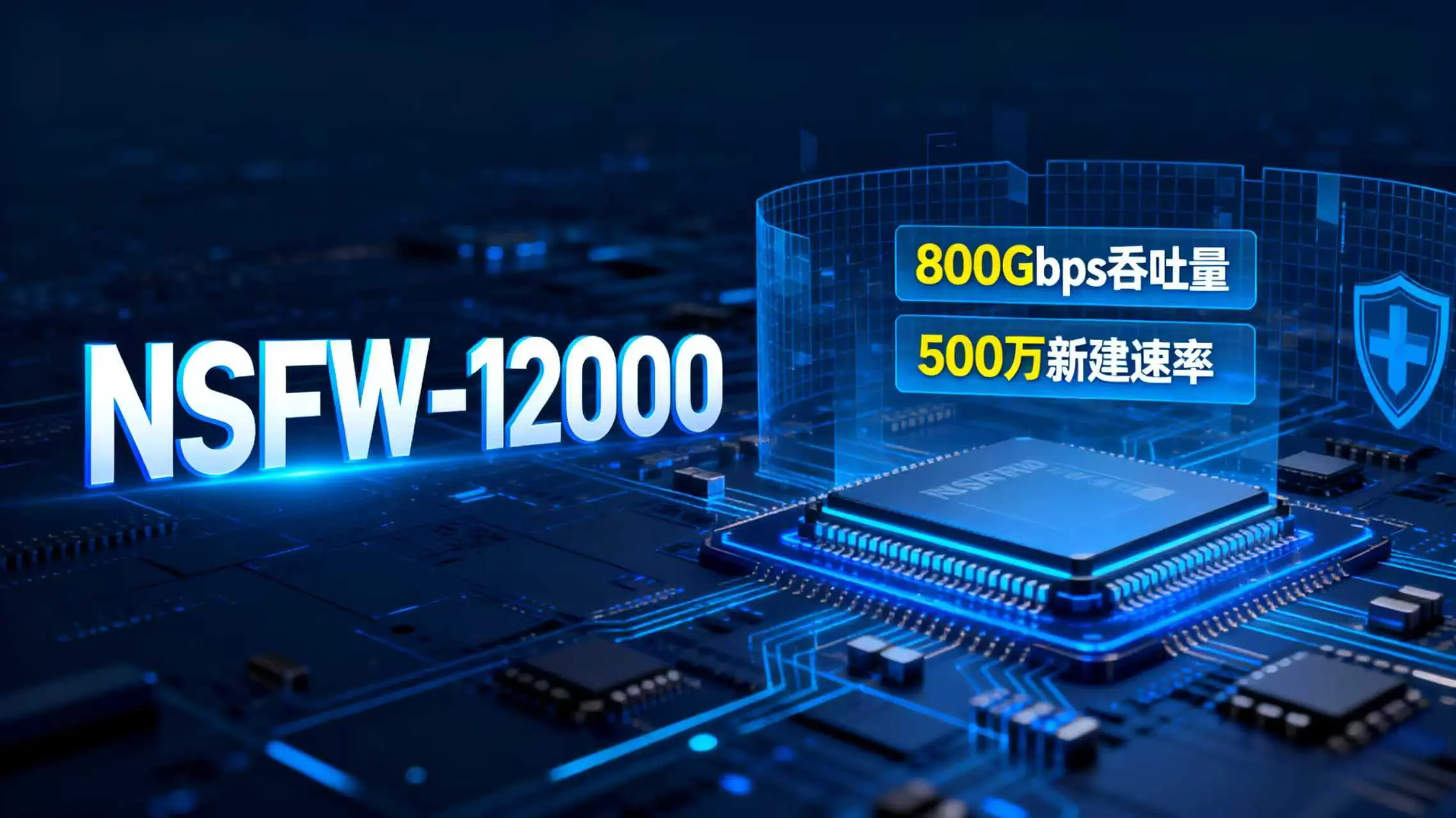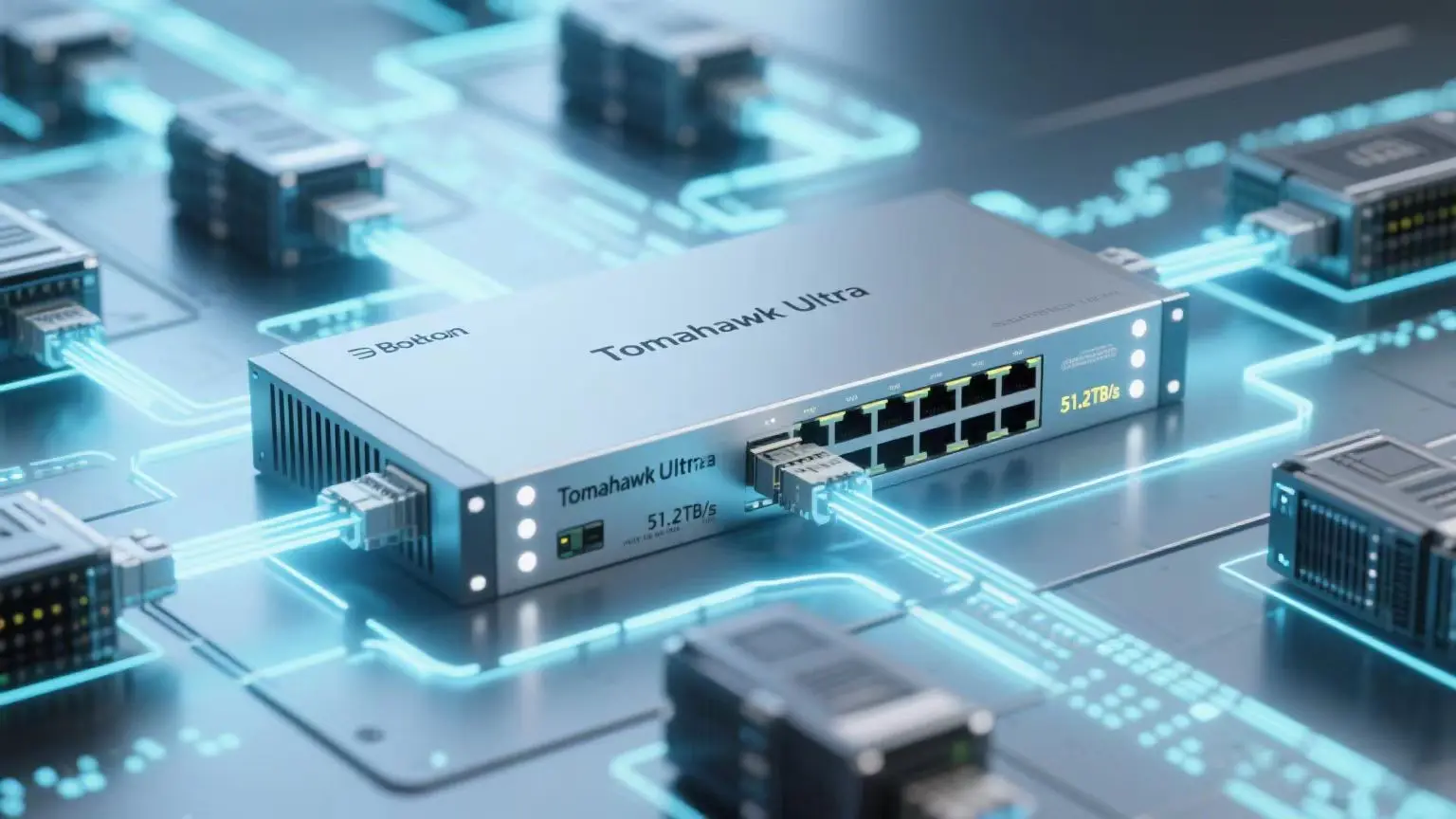NVIDIA Launches RTX 50 Series: AI-Powered Graphics Revolution
Architectural Revolution: Blackwell Redefines Performance, Sets New Transistor Density Record
The groundbreaking experience of the RTX 50 series stems from Nvidia's three-year development of the Blackwell architecture. In his CES keynote, Jensen Huang called it "the most significant graphics innovation since programmable shaders 25 years ago." This architecture redefines GPU performance through three core upgrades.
The breakthrough in transistor count is the foundation of performance. The flagship RTX 5090D boasts 92 billion transistors, a 20.6% increase over the 76.3 billion in the RTX 4090D, utilizing TSMC's 4N process, achieving 15% better energy efficiency at the same power consumption. More importantly, the architecture itself is revolutionary: the new SM streaming multiprocessor is deeply optimized for neural network shaders, integrating 8 FP4 precision cores per unit, and with the fifth-generation Tensor Core's FP4/INT4 mixed-precision support, AI performance soars to 2375 TOPS, 2.8 times that of the previous generation.
Ray tracing and geometry rendering capabilities leap forward. The fourth-generation RT Core, designed for Mega Geometry technology, can increase the number of ray-traced triangles in a scene by 100 times. In the Cyberpunk 2077 "Phantom Liberty" DLC test, with full ray tracing enabled, the accuracy of light and shadow reflections on character hair reaches cinematic quality. Huang emphasized in his demo: "Blackwell allows real-time rendering to finally fool the human eye; you can hardly tell the difference between a game scene and a real-life shot."
Optimized cooling and power management break through performance bottlenecks. The RTX 5090 uses a "heat spreader + vapor chamber" cooling solution, along with a 12VHPWR 600W power connector, reducing core temperature by 8°C under full load compared to the previous generation. The mobile versions, leveraging Max-Q technology, achieve a revolutionary improvement in power efficiency. A thin and light laptop equipped with RTX 5070 can achieve up to 8 hours of battery life for 1080p gaming, a 40% improvement over the previous generation, completely changing the paradigm that high performance and long battery life are mutually exclusive.
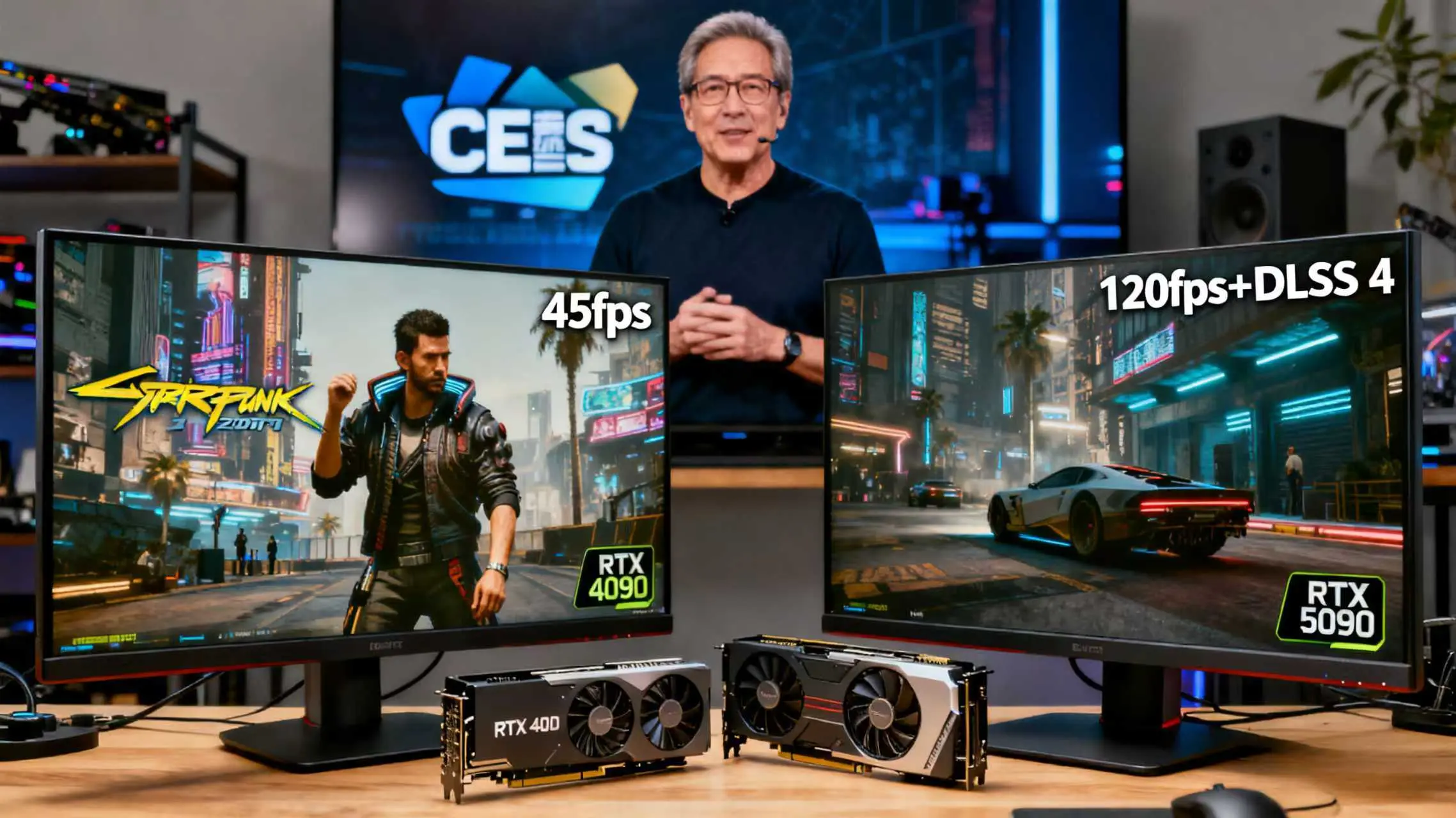
A Technological Game-Changer: DLSS 4 Unleashes 8x Performance, AI Reimagines Gaming Experience
If Blackwell is the hardware foundation, then DLSS 4 is the "performance powerhouse" of the RTX 50 series. This AI rendering technology, powered by the 5th generation Tensor Core, achieves breakthroughs in both image quality and frame rate through three key innovations.
Multi-frame generation technology disrupts traditional rendering logic. Unlike the single-frame generation of DLSS 3, DLSS 4 can generate up to three frames based on a single rendered frame, combined with super-resolution and ray reconstruction technology, resulting in up to 8x performance improvement. At 4K resolution with maximum graphics settings, the RTX 5080 achieves 240fps in Horizon: Forbidden West, a 269% improvement over the RTX 4080's 65fps; even the RTX 5060 at 1080p easily surpasses 300fps in Doom Eternal.
The introduction of the Transformer model solves long-standing image quality issues. DLSS 4's super-resolution model has double the parameters, using AI to optimize edge details and texture transitions in real time, completely eliminating the blur artifacts of previous technologies. Testing shows that enabling DLSS 4 in quality mode in A Plague Tale: Requiem results in richer details than native 4K rendering, while using only 60% of the VRAM.
AI-powered interactive experience upgrades are equally impressive. The new Reflex 2 technology adds Frame Warp, which updates the frame based on mouse input before sending it to the display. In competitive games like CS2 and Valorant, latency is reduced by 75% compared to native rendering, enabling pinpoint accuracy. Even more groundbreaking is the RTX Neural Faces technology, which uses generative AI to render lifelike digital human faces in real time. NetEase's PC game "Eternal Return" has announced that it will incorporate this technology, enabling AI teammates to have facial expressions as realistic as human actors. The speed of ecosystem adaptation has far exceeded expectations. On the day of the launch, NVIDIA announced that 75 games and applications already support DLSS 4, including popular titles like "PUBG" and "Legend 5." KRAFTON's CTO revealed that, thanks to the AI processing power of the RTX 50 series, NPCs in their new game "InZOI" can autonomously plan strategies based on player behavior, enabling dynamic branching storylines—something that previously required a top-tier server cluster.
Product lineup: $549 price point directly challenges the previous flagship, targeting every price segment.
NVIDIA simultaneously launched a complete product line covering high, mid, and low-end segments, from the $1999 flagship to entry-level models, each product precisely addressing the needs of different user groups.
The flagship RTX 5090 is a "performance monster." Besides 92 billion transistors and 2375 TOPS AI processing power, it features 48GB GDDR7 memory with a 1024-bit bus, offering a memory bandwidth of 2000GB/s, capable of smoothly running 8K ray-traced games and fine-tuning 7 billion parameter AI models. In Blender rendering tests, it completed complex scene rendering in just 4 minutes and 20 seconds, 58% faster than the RTX 4090, making it a "productivity powerhouse" for professional creators.
The mid-range RTX 5070 delivers a "value-for-money miracle." Priced at $549 (approximately 4023 RMB), this card performs at a level comparable to the previous generation's $1599 RTX 4090 at 1440p resolution. Real-world tests show that it can achieve 105fps with ray tracing at the highest settings in Elden Ring, and this can be boosted to 210fps with DLSS 4 performance mode, completely shattering the misconception that mid-range GPUs can't handle AAA games. The entry-level model also redefines the market standard. The RTX 5060, priced at $399, delivers twice the performance of the RTX 3060 at 1080p resolution, supporting DLSS 4 and basic ray tracing, allowing mainstream gamers to enter the ray tracing era at a lower cost. The mobile lineup is equally impressive, with the RTX 5090 mobile version offering a 70% performance improvement over the previous generation. The ROG Strix G8 gaming laptop, featuring this GPU, is expected to launch in March and will set a new benchmark in the gaming laptop market. Retail channels are already showing signs of excitement. ASUS, MSI, Colorful, and other partners have simultaneously announced their custom models; MSI's RTX 5090 SUPRIM X features a triple-fan + five-heatpipe cooling system, while Colorful's iGame RTX 5080 Vulcan OC adds an LCD screen for real-time performance monitoring. Data from multiple e-commerce platforms shows that pre-orders for the RTX 5090 have exceeded 100,000 units, with some models selling at a premium of up to 30%.
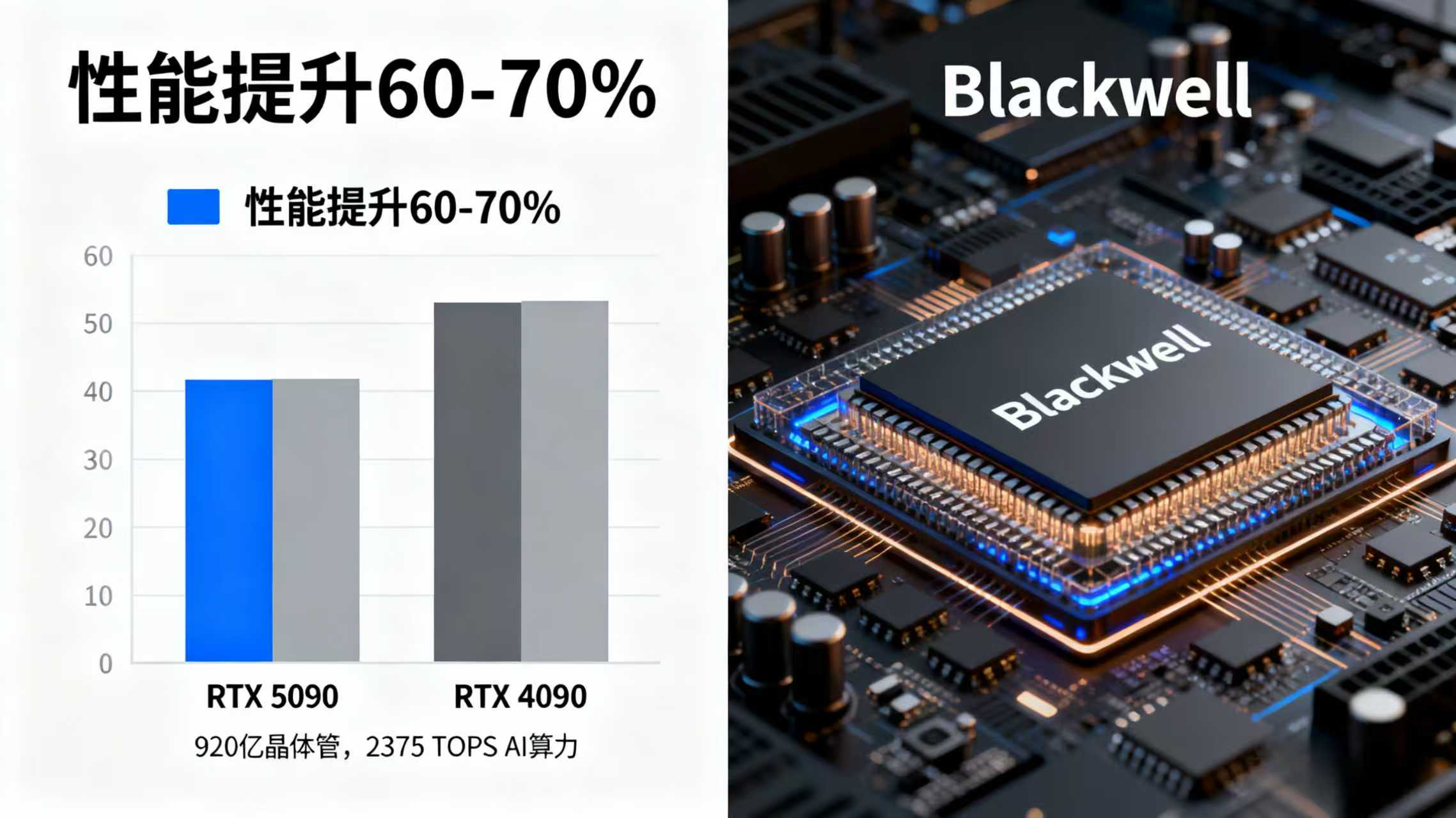
Industry Shake-up: AMD Faces Pressure, AI PC Ecosystem Accelerates
The launch of the RTX 50 series is triggering a chain reaction in the graphics card industry, reshaping the market landscape and technological roadmap. The pressure on AMD stems not only from the performance gap but also from the widening ecosystem gap. AMD's RX 9060 XT, launched at COMPUTEX 2025, lags behind the RTX 5070 by 25% at 1440p resolution and lacks AI acceleration technology like DLSS 4. Industry insiders say AMD is urgently revising its RX 9000 series roadmap, potentially releasing the RX 9080 XT earlier to counter the competition, but building a comparable software ecosystem will take time. The AI PC concept is finally becoming a reality. The NIM microservices supported by the RTX 50 series integrate foundational models from top developers like Meta and Stability AI, allowing users to run AI tasks such as image generation and document summarization locally, without relying on cloud computing power. Jensen Huang demonstrated Project R2X, a virtual assistant that uses visual recognition to assist users with desktop applications, which is expected to be available for download this year, "marking the evolution of PCs from tools to intelligent partners." The transformation in professional creative fields is equally profound. The FP4 precision computing power of the RTX 5090 boosts the generation speed of AI art models like Flux by two times, while the 32GB VRAM of the RTX 5080 enables smooth processing of 8K multi-track video editing. Adobe has announced RTX acceleration support for Premiere Pro, increasing rendering efficiency by 40%, with Adobe's CTO stating, "The AI revolution in creative workflows has arrived." Long-term, the RTX 50 series' technology roadmap may become an industry standard. Its "AI-enabled hardware architecture + software ecosystem synergy" model has attracted competitors like Intel, and mainstream graphics cards are expected to feature multi-frame generation and neural network rendering technology by 2026. Conclusion: Graphics Cards Enter a New Era Dominated by AI. This CES 2025 launch wasn't just a product update; it was a "technological revolution declaration" for the graphics card industry. The RTX 50 series, built on the Blackwell architecture, with 8x performance improvements from DLSS 4 and groundbreaking image quality from neural network rendering, completely rewrites the traditional logic of "performance = transistor count," placing AI at the core of graphics technology. From the RTX 5070, which directly challenges the previous flagship at $549, to the RTX 5090, which sets a new professional standard, NVIDIA's precise product lineup covers all scenarios, consolidating its high-end market dominance and expanding its user base. The creation of an AI PC ecosystem elevates graphics cards from gaming hardware to the core hub of intelligent computing. For users, this technological upgrade brings a leap forward in their experience—more realistic game graphics, more efficient creative workflows, and smarter PC interaction. For the industry, the RTX 50 series sets a new technological benchmark, driving the entire industry towards accelerated AI-powered advancements. With the launch window opening on January 30th, this graphics card revolution led by NVIDIA is officially underway.

